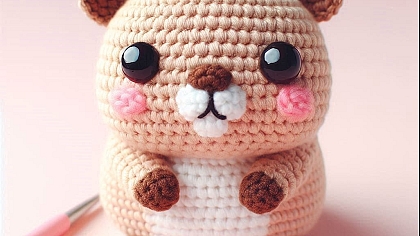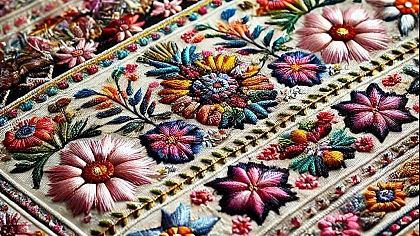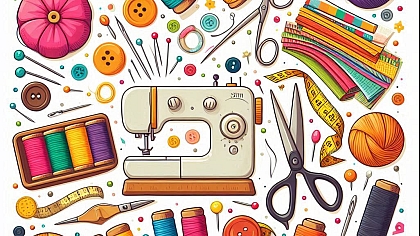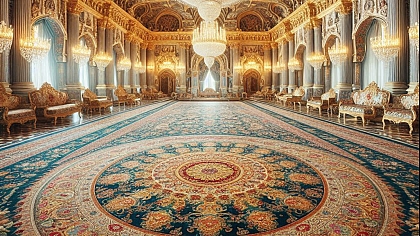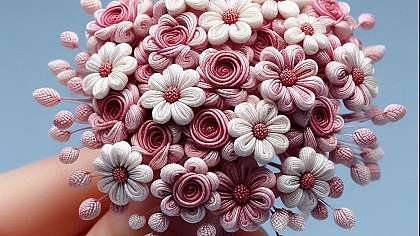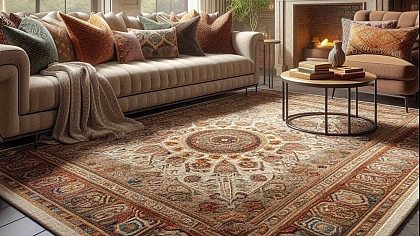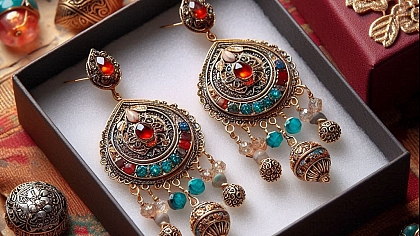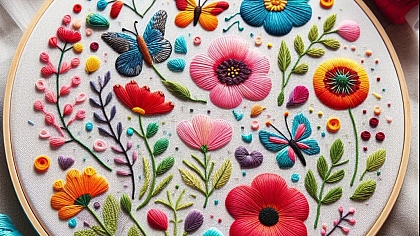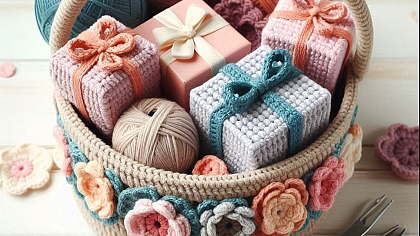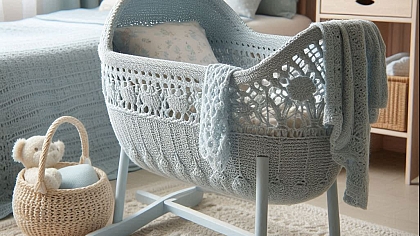
Designing Your Own Crochet Patterns: From Concept to Creation
Crocheting is a beloved craft that allows you to create beautiful, unique items from a simple skein of yarn. For many crocheters, the ultimate goal is to design their own patterns, a process that transforms creativity into tangible works of art. Designing your own crochet patterns can seem daunting, but with a step-by-step approach, it can be an incredibly rewarding experience. This guide will take you through the journey of creating your own crochet patterns, from the initial concept to the final creation.
Conceptualizing Your Design
Finding Inspiration

The first step in designing your own crochet pattern is finding inspiration. Inspiration can come from a variety of sources, including nature, fashion, art, or even everyday objects. Taking a walk in the park, browsing through magazines, or exploring social media platforms like Pinterest and Instagram can provide a wealth of ideas. Pay attention to colors, shapes, and textures that catch your eye. Keeping a sketchbook or a digital folder where you can save images and notes about things that inspire you can be very helpful.
Defining Your Project
Once you've gathered some inspiration, it’s time to define what you want to create. Think about the type of item you want to make—whether it’s a scarf, hat, blanket, or amigurumi. Consider who the intended user will be: a baby, adult, or perhaps even a pet. Determine the size the finished item should be, and think about the type of yarn and hook size you will use. Having a clear vision of your project will help guide your design process and make it easier to plan and execute your pattern.
Planning Your Design
Choosing Yarn and Tools

Selecting the right yarn and tools is crucial for the success of your project. The type of yarn you choose will affect the texture, drape, and appearance of your finished piece. For example, a lightweight yarn might be perfect for a delicate lace shawl, while a chunky yarn is ideal for a cozy winter blanket. The hook size should match your yarn choice to ensure the correct gauge and fabric structure. Reading the yarn label for recommended hook sizes and considering the look and feel you want for your project will help you make the right choice.
Sketching Your Design
Before you start crocheting, sketching your design can be incredibly helpful. Even a rough sketch can provide a visual reference and help you work out the details of your pattern. Think about the overall shape of your item, any special stitches or motifs you want to include, and how the different parts of your design will fit together. If you’re not confident in your drawing skills, don’t worry—simple sketches and diagrams will suffice.
Swatching and Experimenting

Creating a swatch is an essential step in designing your own crochet pattern. A swatch is a small sample of your crochet work that allows you to test your stitch patterns, gauge, and yarn choice. By making a swatch, you can see how your chosen yarn and hook size work together and make any necessary adjustments before starting your main project. Swatching also allows you to experiment with different stitch patterns and combinations to achieve the desired look and texture.
Writing Your Pattern
Structuring Your Pattern
When it comes to writing your crochet pattern, clarity and organization are key. Start with a brief introduction that describes the finished item and any special features. Include a list of materials needed, such as yarn type and quantity, hook size, and any additional tools or accessories. Clearly state the gauge (the number of stitches and rows per inch) and finished dimensions of the item.
Next, provide detailed instructions for each part of the pattern. Break down the instructions into manageable sections, such as “Body,” “Sleeves,” or “Edging,” depending on the complexity of your design. Use standard crochet terminology and abbreviations to ensure your pattern is easy to follow. If your pattern includes complex or unusual stitches, provide explanations or diagrams to help users understand them.
Testing Your Pattern
Testing is a crucial part of the pattern-writing process. Make a sample of your design following your written instructions to ensure that the pattern works as intended and to identify any errors or unclear instructions. If possible, ask other crocheters to test your pattern and provide feedback. Pattern testers can help you catch mistakes you might have missed and suggest improvements to make the instructions clearer.
Finalizing Your Pattern
After testing and revising your pattern, it’s time to finalize it. Ensure that your pattern is well-organized and easy to read. Consider including photos or illustrations to help users visualize the steps. A well-designed layout with headings, subheadings, and clear formatting will make your pattern more user-friendly. Proofread your pattern carefully to catch any typos or errors.
Creating Your Crochet Masterpiece
Starting Your Project
With your pattern finalized, it’s time to start your project. Gather your materials and follow your own instructions step by step. Pay attention to your tension and gauge to ensure your finished item matches the intended size and shape. Take your time and enjoy the process of bringing your design to life.
Troubleshooting and Adjusting
As you work on your project, you might encounter challenges or find areas where your pattern could be improved. Don’t be afraid to make adjustments as needed. If a stitch pattern isn’t working out or the fit isn’t quite right, take the time to make changes. Remember, designing is a learning process, and each project will help you improve your skills.
Finishing Touches
Once you’ve completed your crochet project, add any finishing touches to make it truly special. Block your item to ensure it has the correct shape and size. Weave in any loose ends, and add any embellishments or details you included in your design. Take photos of your finished item to showcase your work and share your pattern with others.
Sharing Your Pattern
Publishing Your Pattern
If you’re proud of your design and want to share it with others, consider publishing your pattern. There are many platforms where you can share your crochet patterns, such as Ravelry, Etsy, or your own blog. Choose the platform that best suits your goals and audience. Provide clear photos and a detailed description to attract potential users.
Connecting with the Crochet Community

Sharing your pattern is also a great way to connect with the crochet community. Engage with other crocheters on social media, participate in crochet-alongs, and join online forums or groups. Building relationships with other crafters can provide valuable feedback, support, and inspiration for future designs.
Designing your own crochet patterns is a fulfilling and creative endeavor. By following these steps, you can turn your ideas into beautiful, handmade items that reflect your personal style and creativity. Happy crocheting!

